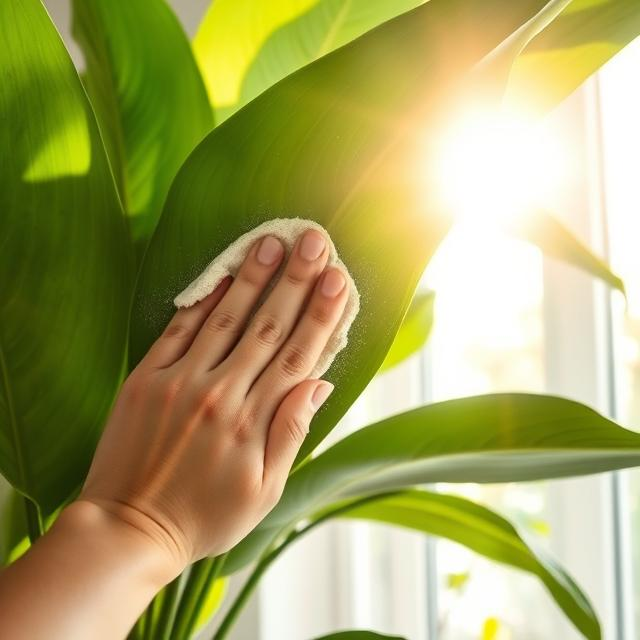Before industrialization and urbanization, we spent the majority of our time outdoors. Everything from daily to chores to social gatherings largely happened in open-air environments.
As lifestyles changed, people began spending more time indoors. By the 20th century, homes and workplaces became increasingly insulated to accommodate the heating and cooling systems, trapping air inside.
Climate Change Was Not Limited to the Outside
As industries and economies achieved growth, so did pollution. Airborne particles from factories, fossil fuels, and vehicles seeped their way into our beautiful cities, often exceeding levels that were safe to breathe.
In addition to these pollutants, chemical cleaners, synthetic materials, and smoke certainly did not help our homes, offices, and gyms.
Warmer temperatures intensified the formation of ground-level ozone and allergens, while shifts in weather patterns meant that pollutants were trapped longer in the air. With limited ventilation, indoor air quality deteriorated further, posing new health risks to those spending prolonged time inside.
The Birth of Consumer Air Purifiers
With awareness growing about the impact of air pollution on health, the 1980s and 1990s saw the emergence of air purifiers as consumer products. Designed to filter out particles like dust, pollen, and smoke, these devices became popular household items, marketed as a way to “purify” the air in indoor spaces.
Air purifiers capture harmful particles in filters, improving air quality—but only to an extent. While they could reduce airborne allergens and some pollutants, they weren’t designed to solve the root of the problem: the ongoing accumulation of CO2 and lack of fresh oxygen in sealed environments.
Introducing greenwaterHOME: Let’s Bring Oxygen Back
Unlike air purifiers, the greenwaterHOME uses an algae-based photosynthesis system to truly refresh indoor air. Apart from simply capturing particles, it transforms CO2 into oxygen, much like plants do in nature.
This innovative process goes beyond traditional air purification, actively creating a healthier, oxygen-rich indoor environment—bringing us closer to how air quality was in the past, before pollution and insulation locked us inside with stale air.




Leave a comment
This site is protected by hCaptcha and the hCaptcha Privacy Policy and Terms of Service apply.